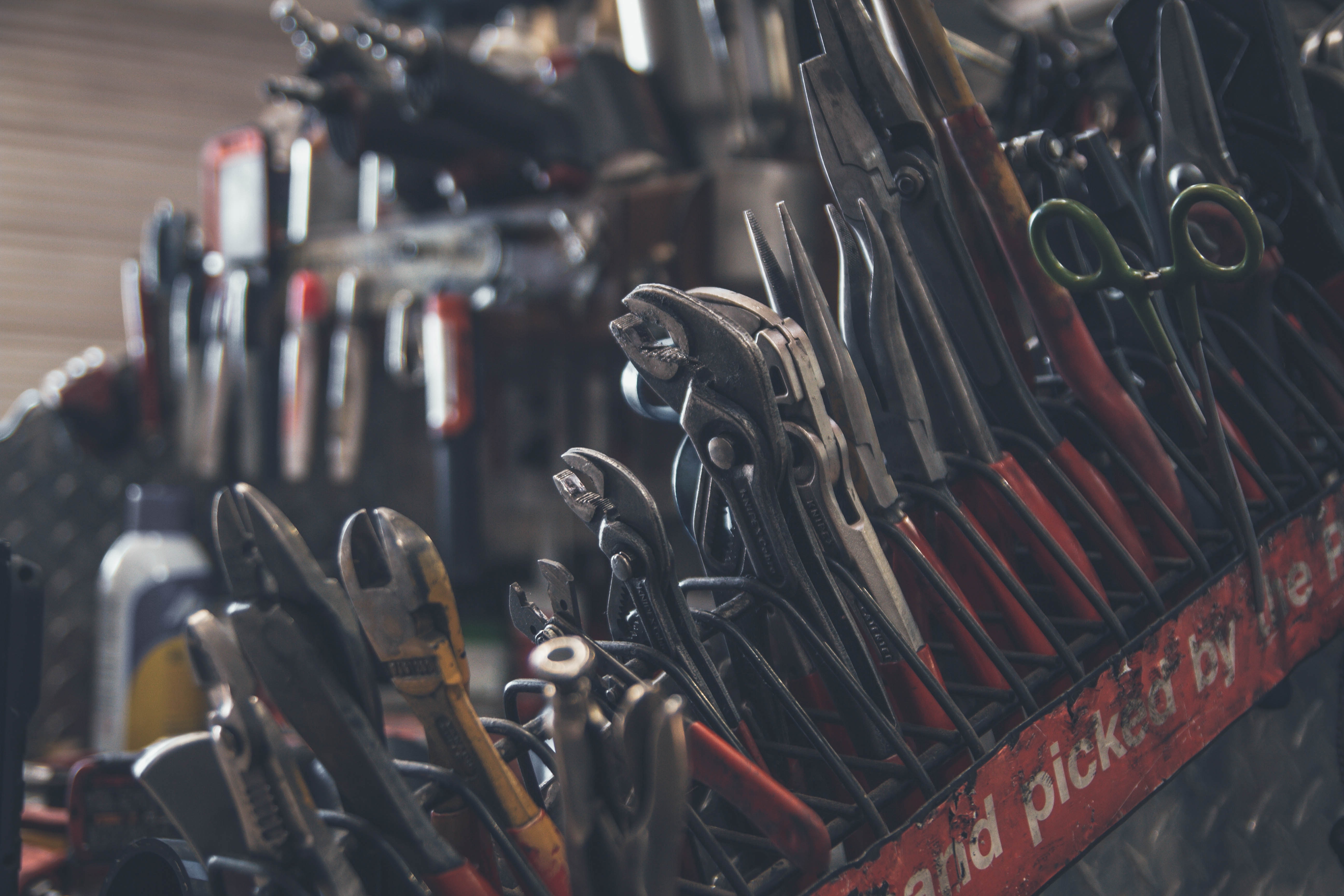Installing a water softener is a great way to improve the quality of your home’s water supply, reduce the damage caused by hard water, and extend the lifespan of your plumbing fixtures and appliances such as dishwashers and washing machines. However, like any plumbing project, water softener installation can be tricky, especially if you’re a DIY enthusiast. In this blog post, we’ll discuss some common water softener installation problems and how you can avoid them.
1. Not Choosing the Right Size of Water Softener
One of the most common mistakes homeowners make when installing a water softener is choosing the wrong size of equipment. A water softener that’s too small for your household needs won’t be effective in removing hard water minerals, while a unit that’s too large will waste unnecessary water and salt.
To avoid this problem, make sure you buy a water softener that fits the size and needs of your household. Consider your daily water usage, the number of bathrooms in your home, and your water hardness level. You can use a water hardness testing kit to determine this.

2. Skimping on the Installation Materials
Another mistake people make is using low-quality installation materials. Poor-quality pipes, connectors, and valves can lead to leaks and water damage, reducing the lifespan of your water softener and causing expensive repairs.
To avoid this, make sure you invest in high-quality materials for your installation kit. Most water softeners come with basic installation materials, but it’s often worth spending a bit more on a premium kit for a more reliable and long-lasting installation.
3. Not Understanding the Operating Manual
A water softener is a complicated piece of equipment, and without proper knowledge of its functions and operating manual, installation can be a bit overwhelming. It’s important to read through the manual and understand how the water softener operates before you start working with it.
The operating manual will provide you with information on how to install the unit, the dos and don’ts of using it, and how to troubleshoot common problems. If you’re unsure of something, don’t hesitate to reach out to your plumbing professional, or the supplier of the water softener.

4. Poor Drainage Setup
A water softener system typically requires a good drainage system. This setup allows the regeneration process to drain the excess brine and mineral buildup. However, many people overlook this important detail, leading to issues such as flooding, overflows, or even stained walls.
When you’re setting up your water softener, it’s essential to consult with a plumbing professional about the correct drainage requirements for your system. The setup may require a dedicated drain, air gap, or backflow preventer to ensure it operates correctly.
5. Incorrect Installation Location
The location of your water softener unit is also an essential consideration. If installed near a source of heat – such as a furnace, water heater, or stove – the increased temperature could damage the equipment.
Therefore, when installing your water softener unit, choose a dry, cool space out of direct sunlight where it’s not exposed to outdoor elements, but also near your main water line. Also, ensure it’s within reach of a power supply and access to a drain line.
In Conclusion
Installing a water softener requires careful consideration and attention to detail to ensure it functions correctly and provides you with long-lasting service. Rather than attempting a DIY installation, it is always best to hire a professional plumbing installation technician to help you navigate the complexities of installing and maintaining your water softener. By following the tips outlined in this post and seeking the help of a plumbing professional, you can avoid common mistakes and ensure your water softener unit operates effectively and efficiently for many years to come.
To find out more about water softeners or book a consultation and installation, visit our website at aceplumbingrepair.com or give us a call at (844) 711-1590. Our team of plumbing experts is always available to help, so don’t hesitate to reach out.






